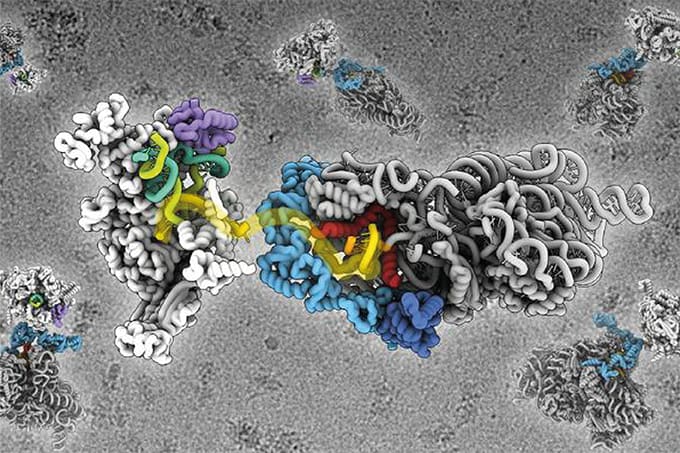Introduction
The particle size of fat droplets present in dairy and other food emulsions is important in defining properties such as flavor release, mouth feel and the emulsion stability. Large emulsion droplets can lead to poor flavor release, a greasy mouth feel and poor stability due to creaming. Emulsification to a smaller droplet size tends to reduce creaming and improve the taste of a product. However, in doing this a balance is required, as decreasing the particle size increases the available surface area, which in turn can lead to flocculation if the emulsifier concentration is not controlled. In other products, such as ice cream, the particle size of the fat droplets is important in defining structural characteristics. Aggregated fat clusters are known to be involved in the stabilization of the air cells within whippable diary products. The formation of these clusters can only be achieved by the controlled destabilization of the fat emulsion. Thus, a knowledge of the particle size is important in defining the functionality and taste of different food emulsion products.Emulsion Measurements
The Malvern Mastersizer provides an excellent tool to the food scientist for the characterization of food emulsions. Its wide dynamic range allows both fine emulsion droplets and larger flocculated or coalesced droplets to be characterized. This range also allows for the measurement of large protein micelles, especially for casein, allowing the interaction between the protein and emulsified fat phase to be understood.Characterizing Different Milk Products
The particle size of milk products can be easily assessed using laser diffraction, allowing changes in the fat-phase to be detected. An example of this is shown in figure 1 (see full Application Note) where typical results for full-fat (3.6% fat), semi-skimmed (half-and-half, 1.7% fat) and skimmed milk (0.1% fat) are shown. As can be seen, two modes can be detected in each sample, one relating to the fat phase and one relating to free casein micelles. In moving from full fat to skimmed milk the relative proportions in each mode changes, tracking the reduction in fat content. The full Application Note covers how laser diffraction-based measurements of particle size can be applied to:- Milk Homogenization
- Emulsion Storage
- Milk Powder Re-Hydration
Malvern provides the materials and biophysical characterization technology and expertise that enables scientists and engineers to investigate, understand and control the properties of dispersed systems. These systems range from proteins and polymers in solution, particle and nanoparticle suspensions and emulsions, through to sprays and aerosols, industrial bulk powders and high concentration slurries. Used at all stages of research, development and manufacturing, Malvern’s instruments provide critical information that helps accelerate research and product development, enhance and maintain product quality and optimize process efficiency. Our products reflect Malvern’s drive to exploit the latest technological innovations. They are used by both industry and academia, in sectors ranging from pharmaceuticals and biopharmaceuticals to bulk chemicals, cement, plastics and polymers, energy and the environment. Malvern systems are used to measure particle size, particle shape, zeta potential, protein charge, molecular weight, mass, size and conformation, rheological properties and for chemical identification, advancing the understanding of dispersed systems across many different industries and applications. www.malvern.com Material relationships http://www.malvern.com/en/ portal@malvern.com






